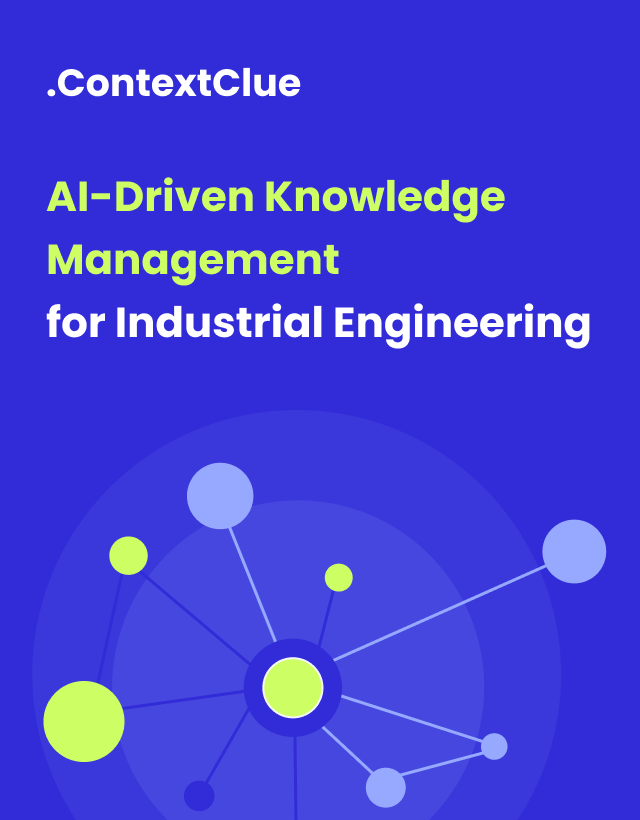
October 30, 2025
Amazon Bedrock: A User’s Guide to Benefits and Utilization
Author:

CEO & Co-Founder
Reading time:
5 minutes
In 2025, enterprises face growing pressure to deploy generative AI at scale while ensuring security, compliance, and operational efficiency. Amazon Bedrock offers a practical solution for organizations aiming to accelerate AI adoption without the complexity of building and managing AI infrastructure.
For AI Managers, Heads of Innovation, and Data Officers, Bedrock enables experimentation with cutting-edge foundation models while securely integrating with existing enterprise data and workflows.
By leveraging Bedrock, companies can reduce time-to-market for AI solutions, enhance automation, and drive measurable business outcomes, all on AWS infrastructure.
At Addepto, we help enterprises leverage Bedrock to integrate AI into their workflows, fine-tune models with proprietary data, and deliver measurable business impact.
What is Amazon Bedrock?
Amazon Bedrock is an AI platform from Amazon Web Services (AWS) that provides organizations with access to foundation models (FMs) from leading AI research companies – including Amazon, Cohere, AI21 Labs, Anthropic, and Stability AI – through a single, unified API. This eliminates the need for enterprises to build, train, and host their own generative AI infrastructure.
Bedrock is designed to simplify and accelerate the development and deployment of generative AI solutions. It offers a comprehensive toolkit, including pre-built models, datasets, data management, and deployment infrastructure, allowing companies to fast-track AI initiatives without starting from scratch.

Read more: Building LLM Solutions with Amazon Bedrock

Key competitors include OpenAI’s ChatGPT, Anthropic’s Claude, DALL·E 2, Streamlit, and Hugging Face. While Amazon SageMaker also provides machine learning services, Bedrock is specifically focused on creating and deploying generative AI applications.
How Amazon Bedrock Works
- Choose a foundation model
Access diverse foundation models through a serverless API, including Anthropic’s Claude, Meta’s LLaMA 2, AI21 Labs’ Jurassic, Cohere’s Command, Amazon’s Titan, and Stability AI’s Stable Diffusion. Documentation and examples help select the best fit. - Experiment with foundation models
Test models for tasks like text generation, code completion, image creation, or translation using interactive playgrounds before deployment. - Privately customize models
Fine-tune models securely on private enterprise data within isolated environments without using private data to train base models. Data transfers use Amazon Virtual Private Cloud (VPC) to ensure security. - Build AI-powered agents
Integrate FMs with enterprise systems and data sources to create intelligent agents that automate complex tasks with minimal coding, generating context-aware responses from proprietary data.
Key Characteristics of Amazon Bedrock
- Choice of foundation models: Multiple state-of-the-art models allow tailored AI solution development.
- Seamless AWS integration: Native connections with CloudWatch, S3, Lambda, ensuring scalable, secure AI apps.
- Security and compliance: Data stays within AWS’s protected environment with extensive certifications.
- Customization: Supports fine-tuning and Retrieval Augmented Generation (RAG) for internal workflows.
Why Amazon Bedrock Is Valuable for Businesses
Bedrock offers significant advantages to enterprises aiming to innovate with generative AI securely and cost-effectively:
- Accelerates AI project timelines By removing infrastructure overhead, teams can rapidly prototype and deploy AI applications, reducing innovation cycles from months to weeks.
- Ensures enterprise-grade security Bedrock keeps data within AWS’s secure environment, meeting compliance requirements for regulated sectors such as finance, healthcare, and government.
- Enables tailored AI models Enterprises can fine-tune foundation models to their specific domain, ensuring outputs are highly relevant and actionable.
- Seamless AWS integration Works natively with services like S3, CloudWatch, and Lambda, reducing operational friction and simplifying IT governance.
- Flexible cost optimization Pay-as-you-go pricing allows enterprises to scale AI initiatives efficiently without upfront infrastructure investment.
Frequently Asked Questions (FAQ) – Amazon Bedrock in Business
What types of foundation models are available through Amazon Bedrock?
Bedrock offers models for text generation, image creation, code completion, and translation, including Anthropic’s Claude, Meta’s LLaMA 2, AI21 Labs’ Jurassic, Cohere’s Command, Amazon’s Titan, and Stability AI’s Stable Diffusion.
How secure is my enterprise data on Bedrock?
Data is protected under AWS’s comprehensive security controls, including VPC isolation, encryption, and compliance with over 100 certifications, ensuring privacy and integrity.
Can models be customized to my organization’s needs?
Yes. Bedrock supports fine-tuning and RAG techniques using private data in secure, isolated environments without sharing data externally.
How does Bedrock differ from AWS SageMaker?
SageMaker manages general ML model lifecycle, while Bedrock focuses on fast access to foundation models specialized for generative AI applications.
Do I need deep AI infrastructure knowledge to use Bedrock?
No. Bedrock’s serverless API and AWS integrations simplify usage, enabling teams with varying expertise to build and deploy generative AI solutions without managing infrastructure.
Is Amazon Bedrock usable outside AWS?
No. Amazon Bedrock is an AWS-managed service requiring an AWS account and appropriate IAM permissions to access and operate. It is tightly coupled with AWS infrastructure and services, including security mechanisms like Virtual Private Cloud (VPC). This dependency means businesses must operate within the AWS ecosystem to use Bedrock.
This article was updated in October 2025 to reflect the latest features, capabilities, and business context of Amazon Bedrock.
References:
- https://www.elastic.co/es/security-labs/streamlining-security-integrating-amazon-bedrock
- https://www.megaport.com/blog/how-to-deploy-amazon-bedrock-using-aws-direct-connect-and-megaport/
- https://milvus.io/ai-quick-reference/what-are-the-advantages-of-using-amazon-bedrock-for-companies-that-are-already-heavily-using-aws-services
- https://langfuse.com/integrations/model-providers/amazon-bedrock
- https://aws.amazon.com/bedrock/
- https://docs.aws.amazon.com/prescriptive-guidance/latest/security-reference-architecture/bedrock-integration.html
- https://www.datacamp.com/tutorial/aws-bedrock
- https://strandsagents.com/latest/documentation/docs/user-guide/concepts/model-providers/amazon-bedrock/
- https://www.microtica.com/blog/amazon-bedrock-a-practical-guide-for-developers-and-devops-engineers
- https://docs.litellm.ai/docs/providers/bedrock
- https://zilliz.com/ai-faq/what-aws-iam-permissions-or-roles-are-required-to-be-able-to-use-amazon-bedrock-in-an-application
- https://learn.microsoft.com/en-us/semantic-kernel/frameworks/agent/agent-types/bedrock-agent
- https://docs.aws.amazon.com/bedrock/latest/userguide/knowledge-base-prereq.html
Category:






